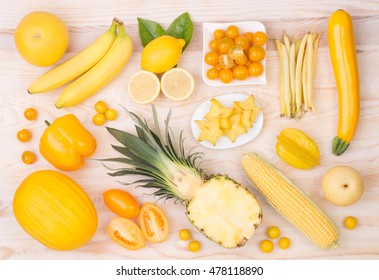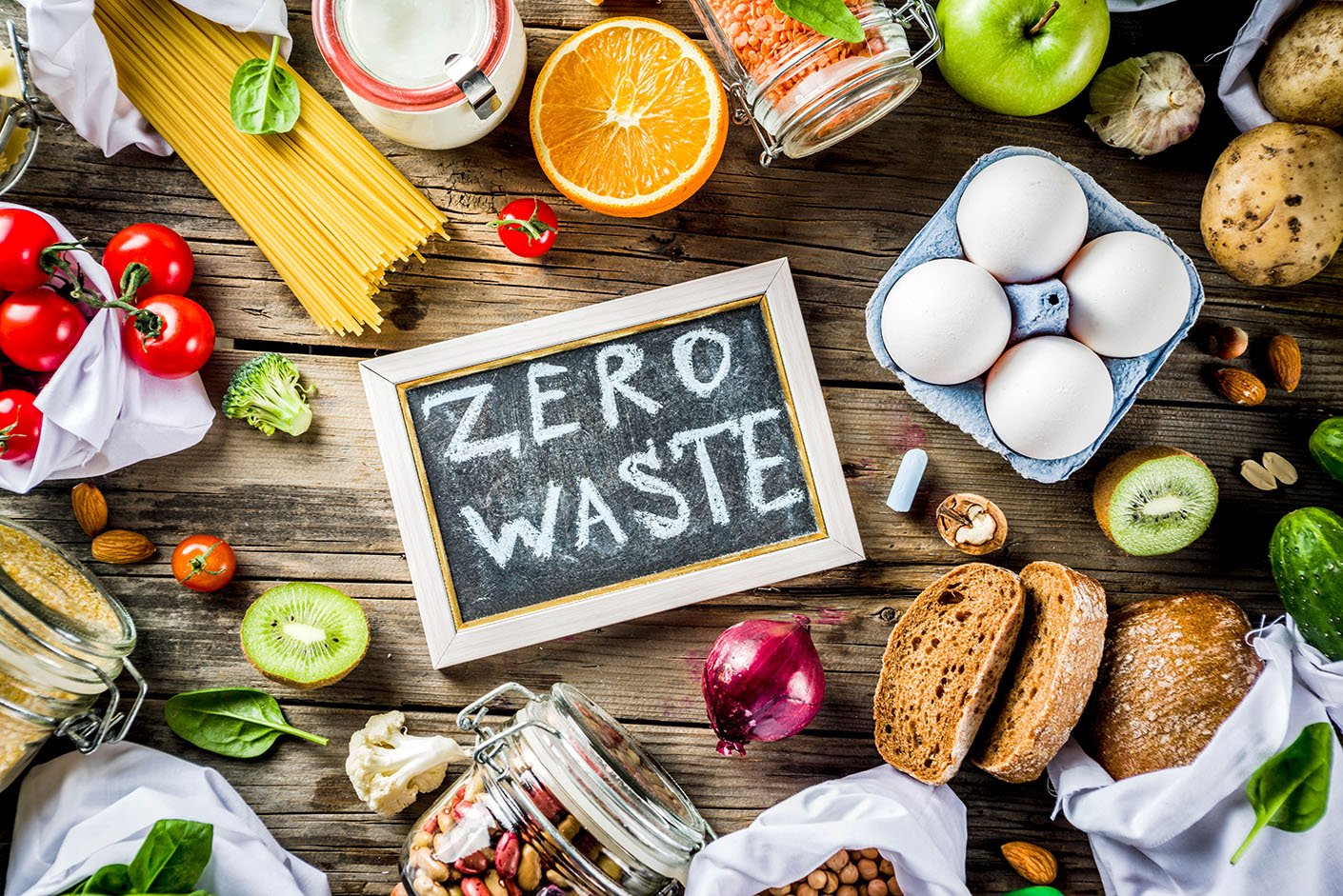
Millions of Americans suffer from eye disease, and researchers are increasingly aware that this disease is preventable. Researchers proved that yellow fruits and vegetables are good in fighting eye disease. Although foods with other colors like red fruits and vegetables have also good impacts on the muscles of the eyes, yellow fruits and vegetables are scientifically proven.
This disease, age-related macular degeneration, is the most common cause of vision loss in people over 60 years of age. Currently, at least 6 million people in the country are affected, causing almost a third of visual impairment, but the total is expected to increase as the population ages. Because it is linked to damage from the sun and smoke, a good color tone and a smoke-free lifestyle are good preventative measures.
What you eat can affect your eyes
The eyeball is covered by a hard white skin called the sclera. The retina is where the retina is located. It is the part of the eye that collects light and images and provides images of the world. Inside the retina is the macular corpus luteum, which records the central vision.
- Lutein macular means “macular” in Latin. It is so-called because its color is yellow. Its vibrant hue comes from its high concentration of lutein and zeaxanthin. The yellow pigment is present in a variety of yellow fruits and vegetables.
- When the corpus luteum of the macula is damaged, a person begins to lose central vision, leading to peripheral vision.
- In the early stages of the disease, daily activities such as reading or driving are difficult and become impossible as the disease worsens.
- Although macular degeneration usually occurs in the elderly, researchers at the University of Wisconsin-Madison have found that increased exposure to sunlight among adolescents in their 30s increases the risk of the disease affecting people between 40 and 50 years old.
Eating yellow fruits and vegetables:
Although this sounds cold to read, scientists have also found that eating more yellow fruits and vegetables containing lutein and zeaxanthin may provide protection. The pigment is found in pumpkins, corn, oranges, and persimmons. They are also found in lettuce, broccoli, kale, Brussels sprouts, spinach, rhubarb, and peas, although the yellow color is not prominent due to stronger green pigments.
Richard Bon, a professor of physics at Florida International University, and his colleagues recently discovered that people with higher pigment concentrations have an 82% lower risk of eye damage compared with people with low macular pigmentation.
This and other similar studies have convinced doctors and nutritionists that low dietary intake of lutein and zeaxanthin may be one of several risk factors for macular degeneration.
Now, there seems to be a more compelling reason not only to eat yellow fruits but also yellow vegetables. Other colored fruits like red fruits, green fruits, and blue fruits should also be a part of your diet.




